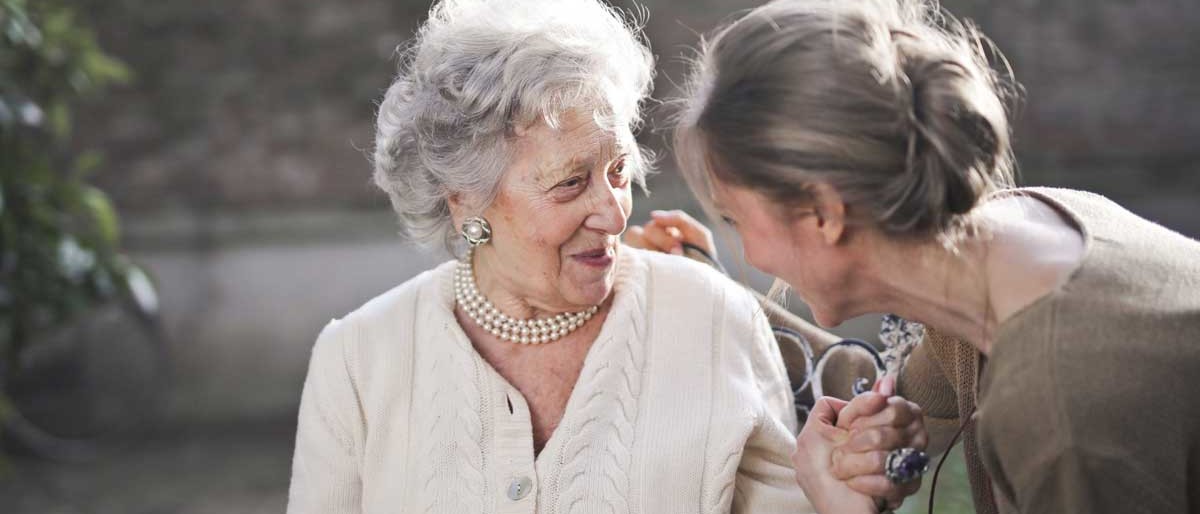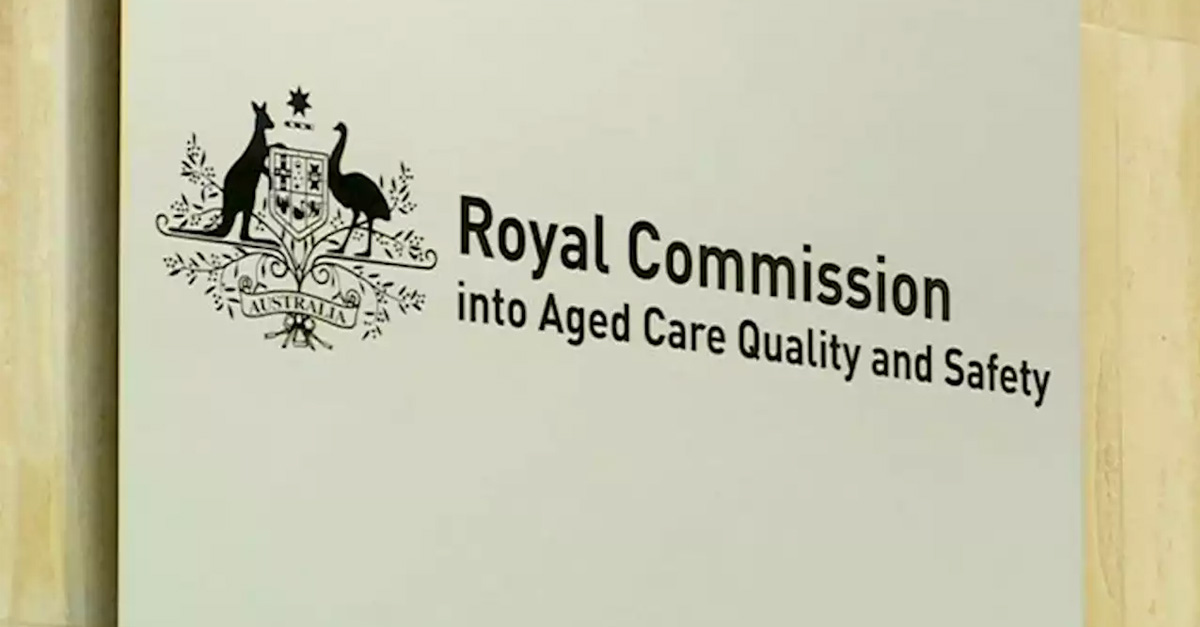I am a passionate believer that aged care is about choice. Ageing is a natural part of life and we hope that we will all see our parents reach their senior years.
However, with the ageing process comes the need for aged care. For many of us, a role reversal happens where we begin to give our elderly parents the care they often gave us while we grew up. This is often an emotionally overwhelming time but then you need to dive into what is often an unfamiliar world with plenty of jargon – RADs, DAPs, Level 1 home care package (HCP), additional service fees etc.
In my previous columns, I have broken down what to expect when it comes to aged care fees and what you can reasonably be expected to pay. I have also written about how to negotiate thousands of dollars off aged care fees, as aged care is a market and like any market – there is often room for negotiation.
However, it may not always pay to negotiate aged care fees. Aged care needs to be about your individual circumstances and what options suit you and your family best. Although there are plenty of times when it’s better to negotiate, it’s important to look at options where paying a higher amount upfront might be better for your loved one than paying a smaller, daily fee.
What does it mean to pay a higher amount?
To be clear, there are aged care fees that are set by the government and cannot be changed. This includes fees such as the basic daily fee and the means tested care fee.
It’s also illegal for you to pay more money for a specific aged care bed (this is known as a Refundable Accommodation Deposit, or RAD) or for an aged care home to ask you to pay above these fees to guarantee your place.
The RAD is the cost of an aged care bed and is what looks like the most eye-watering sum at first – often sitting in the hundreds of thousands of dollars range. As an alternative, this can be paid as a Daily Accommodation Payment (DAP) instead. This is essentially the interest on the RAD calculated as a daily payment, which may be more affordable than a lump sum. However, I’ve had clients who have chosen to pay this large sum rather than its smaller alternative.
I once had a client Brenda* who had chosen an aged care home with a RAD of $775,000. Brenda could have paid in theory a lot less with the DAP, however once all of her assets were taken into consideration, we found it was better for her to offer to pay the full RAD in exchange for lower additional service fees.
Additional service fees cover what I call ‘luxury’ items that are on top of your care needs. These may include extra meal choices for breakfast, lunch and dinner, Foxtel in your room etc., with each facility offering a different range of additional services. Brenda offered to pay the full RAD in exchange for a reduction in her additional service fees from $60 a day to $10 a day. That’s a savings of about $18,250 a year and she still got to enjoy all the benefits that came with the additional service fees.
From the aged care home’s point of view, it was worth agreeing to reduce the additional service fee when they were going to receive the full cost for her place straight away. So, in Brenda’s case, she was a lot happier and better off with more of her money in the RAD and more of her daily money in her pocket.
Centrelink rules may mean there’s more sense in paying more
One important thing to note is that you are not required to disclose your income and assets to an aged care facility. This was a requirement in the past but is not the case now. However, to ensure you are charged the appropriate fees, it is recommended that you disclose this information to Centrelink as those assets and income may have an impact on your pension.
For example, if you own your home and have a small amount of money outside of it, you could be considered a full pensioner. Let’s say your home is worth $800,000 and you decide to sell it to partially pay for aged care costs. If you pay an aged care facility $400,000 for the RAD and then you have $400,000 in the bank once you sell your house, Centrelink will consider this to be an asset and it may subsequently affect your pension entitlements.
However, if you find an aged care home that is charging you $775,000 for a RAD – and you choose to pay that instead, that lump sum payment will be exempt for pension purposes. Centrelink will assess the remaining assets and as a result, you may keep your pension. In terms of day-to-day living, you may very well prefer to keep your pension, fully pay for your aged care bed and have a little bit of cash in the bank.
Please note – the above scenarios are only general and this is where I recommend engaging a financial planner to crunch the numbers correctly for you, as well as working with an aged care consultant to present you all the options in the market. At this time in life the correct professional advice is essential.
Overall, planning aged care is about engaging the right professional services to be your advocates and to ensure you have thought through every available option and made the best choice for you and your loved one. Once we understand we have more choices than we think, this time of life becomes a lot easier for everyone.
*Names have been changed to protect privacy
PLEASE NOTE: This article is of a general nature and FYI only, because it doesn’t take into account your financial situation, objectives or needs. That means it’s not financial product advice and shouldn’t be relied upon as if it is. Before making a financial decision, you should work out if the info is appropriate for your situation and get independent, licensed financial services advice.
This article by My Care Path CEO Dana Sawyer originally published on Starts at 60.
Related Posts
March 2, 2021
The Aged Care Royal Commission: Where to from here?
The final report of the Aged Care Royal Commission has shone a light on some clear and critical issues within the industry which we must together…
January 20, 2021
How minimum staffing levels will improve aged care
The Aged Care Royal Commission and COVID-19 have revealed some glaring gaps in the aged care system, a major one of which is the lack of consistency…
January 11, 2021
How My Care Path takes the stress out of aged care
Making decisions around aged care is emotional, stressful and confusing. This is the first time I have had to navigate the aged care system, and I…
December 21, 2020
Respite care: A practical solution over the holiday period?
Over the holiday period, some families may need to go away and leave an elderly person behind, or a carer may need to take a break. The options are…




